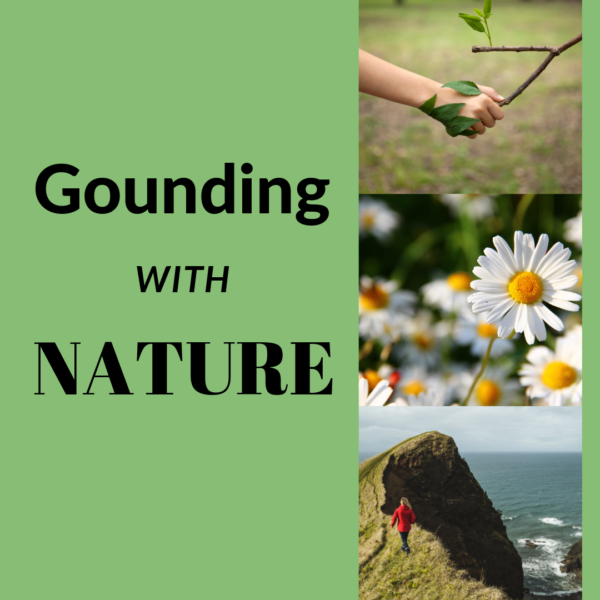
Mental strength can aid our focus and motivation, while also helping to achieve our goals. There are so many thoughts and activities in our full days that we often get burned out. Other than a nice relaxing spa day, doing yoga, or going on a hike, we can do small practices that help us build our mental strength. We at Unified Caring Association (UCA) were recently asked to look at how to explain mental strength and how to improve it in a caring way. We gladly took up the challenge!
Mental strength is…
The short definition is: having the ability to maintain our self-confidence and drive during stressful activities. This ties into our resilience and being able to bounce back when we encounter stress. Some characteristics of mental strength are composure, persistence, positivity and self-motivation.
When do we need it?
Maintaining mental strength is something we would love to have at all times. However, we are human and to be human is to juggle life. Sometimes as we elevate one part of our life, a different part lowers. The key is to refocus on each part as they are in movement. This is when we enact our mental fortitude. “…you need fierce determination and tenacity to reach your greatest potential … [it] will help you develop resilience to overcome those hazards and continue on your journey. Mentally strong people overcome setbacks with confidence, because adversity only makes them better.” (Psychology Today)
How do we develop it?
Building up our mental strength is much like monitoring and improving our physical health. Practicing each day, and doing activities that help exercise our mind is a big part of developing our mental resilience. Start with celebrating the small victories. We are more apt to continue building and maintaining a habit if we have positive reinforcement. For example, patting yourself on the back after holding your focus during a project. Like in meditation, learning a new sport, or getting better at math, practice makes perfect. Below we have a handful of suggestions found on the Forbes website for activities that can help build and maintain mental strength.





































